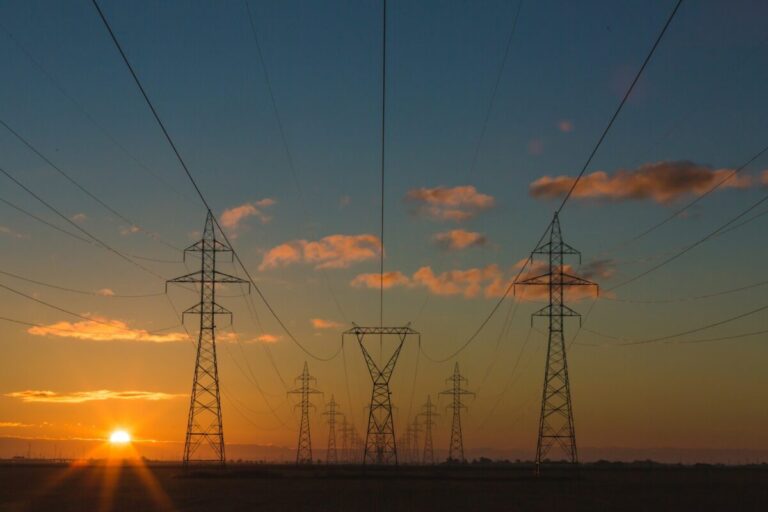A new report from the International Energy Agency’s Photovoltaics Power Systems Program (IEA-PVPS) says existing PV systems have the technical capabilities to provide various frequency-related network services.
A new IEA-PVPS report says PV systems must take on additional grid support tasks traditionally managed by conventional power plants to ensure the stable operation of electrical power systems around the world. The Task 14 report aligns with the work of IEA-PVPS on the potential of distributed hybrid solar and PV systems to provide frequency-related network services.
It says that existing PV systems are already over the technical capabilities to provide various frequency-related network services, such as the reduction of active energy generation in case of overfrequency and, in combination with battery energy storage systems (BESS), the automatic increase of their output in case of underfrequency.
The report predicts that the provision of such fast-frequency services by PV systems, with or without batteries, “will become very important in the near future,” especially in supply areas dominated by inverter-coupled generators.
It also includes five case studies – two in Japan and one each in Austria, Germany and Italy – covering the regulations, grid codes and frameworks that influence the operation of energy systems in the region.
The report says that each case study “clearly demonstrated that PV systems alone, or especially in combination with BESS, are capable of providing different types of frequency-related network services.” It adds that while the case study results are promising, “further research and demonstration projects are needed, especially for the implementation of these frequency-related services, which involve grid-shaping inverters.”
Gunter Arnold, one of the authors of the report, says the research represents a major step forward in recognizing and using PV systems for frequency-related network services. He says the report’s insights will be critical for policymakers, grid operators and the renewable energy sector as the world moves towards a more sustainable energy future.
IEA-PVPS also recently completed its 13th task with the publication of a report on the optimization of bifacial PV tracking systems.
This content is copyrighted and may not be reused. If you would like to collaborate with us and reuse some of our content, please contact: editors@pv-magazine.com.


